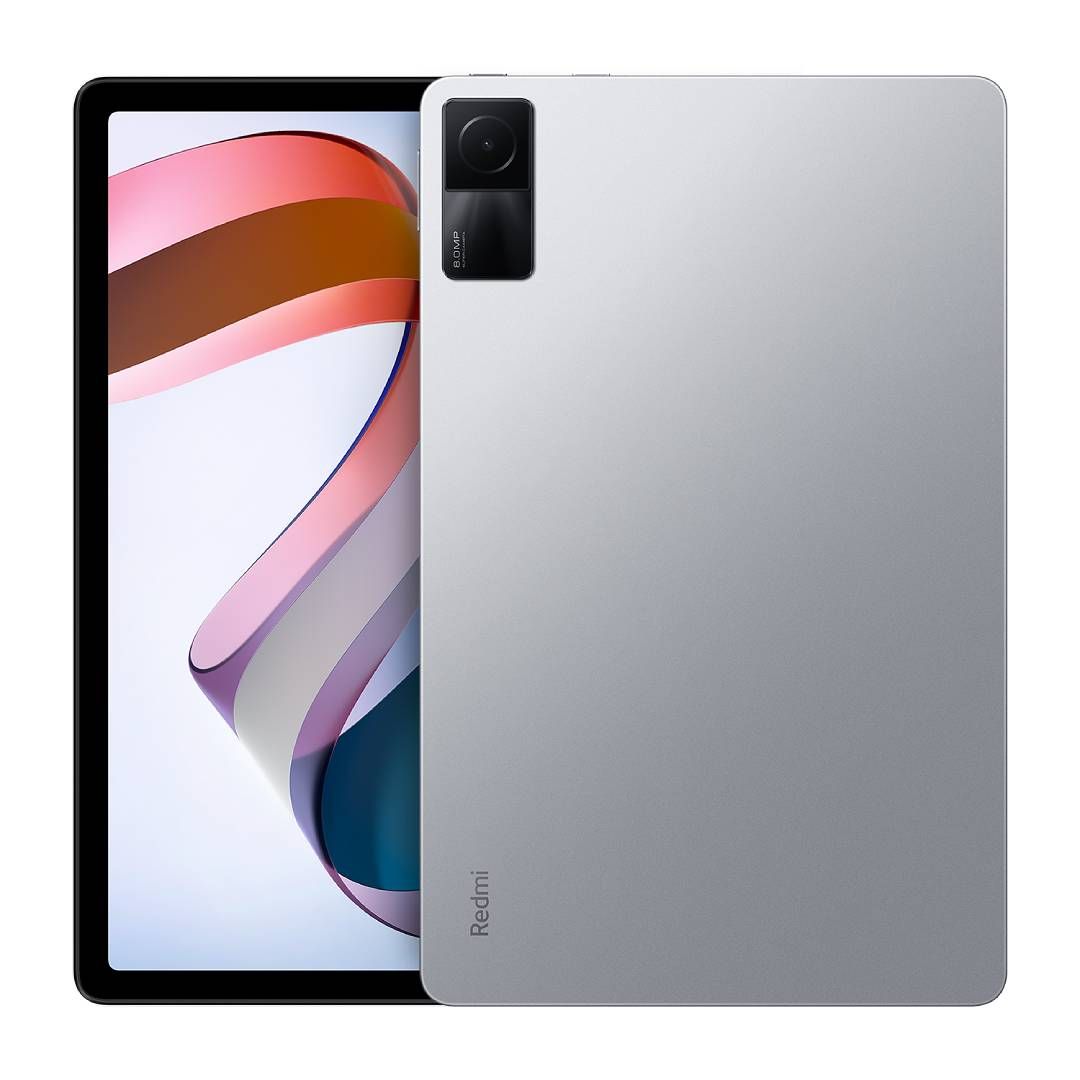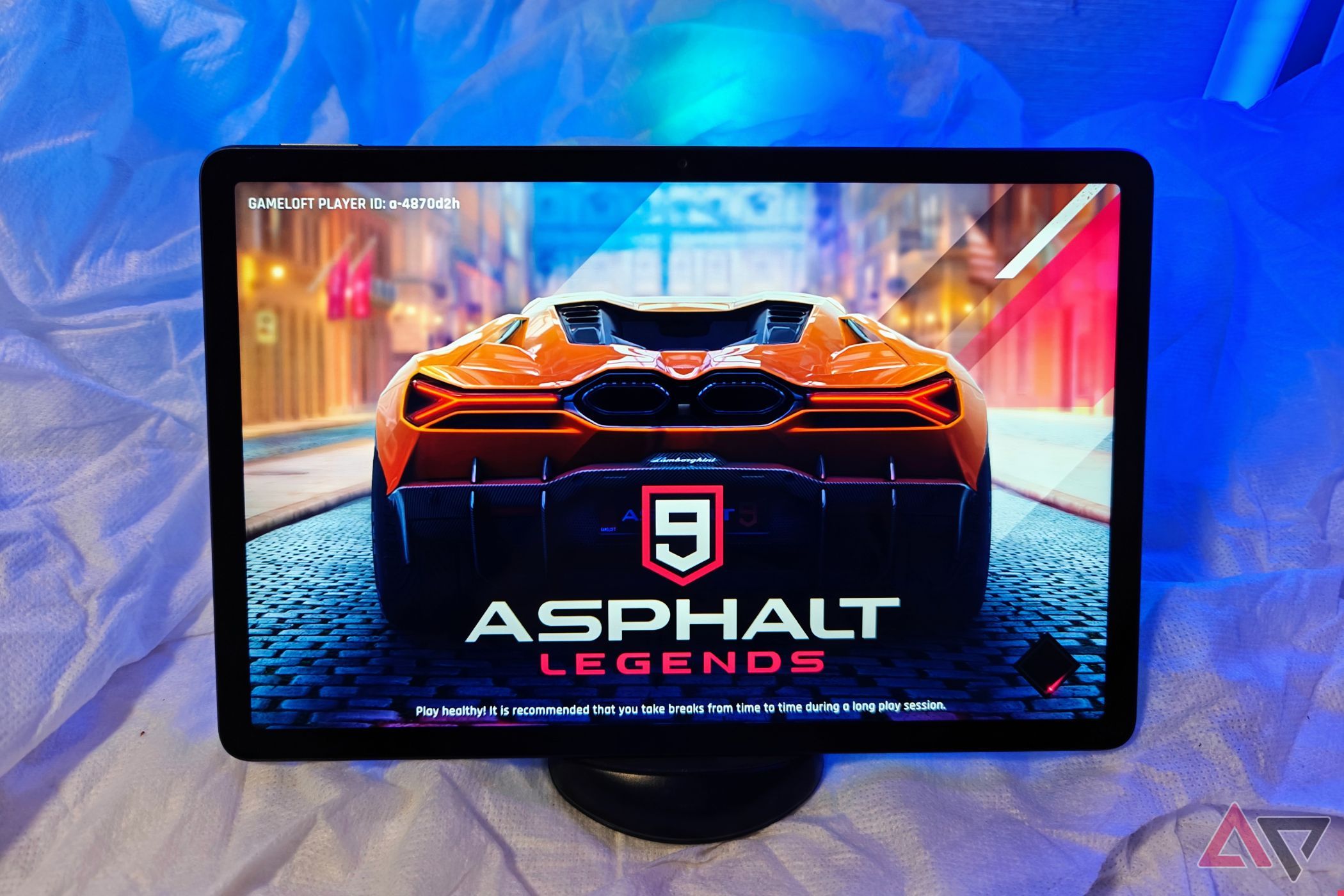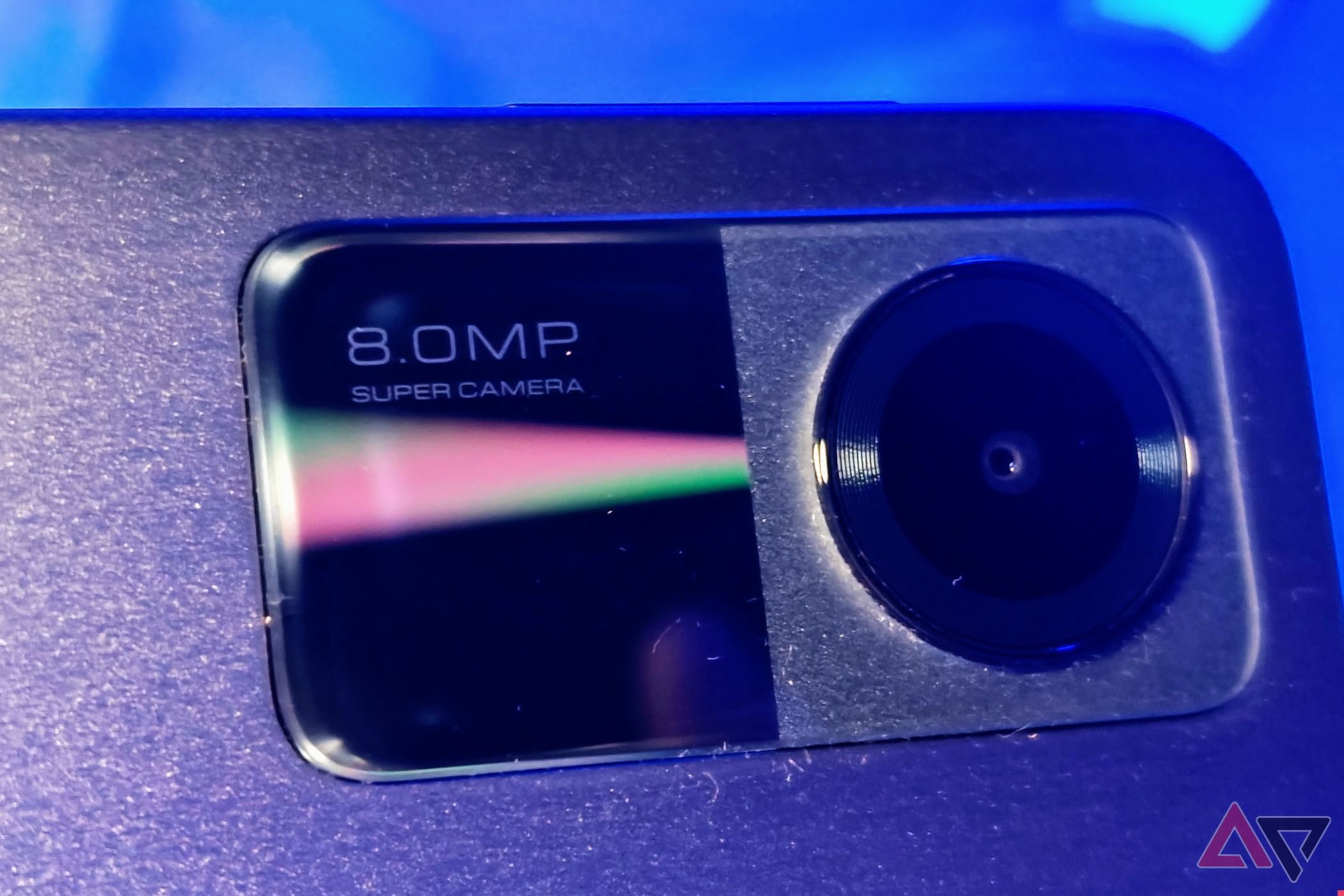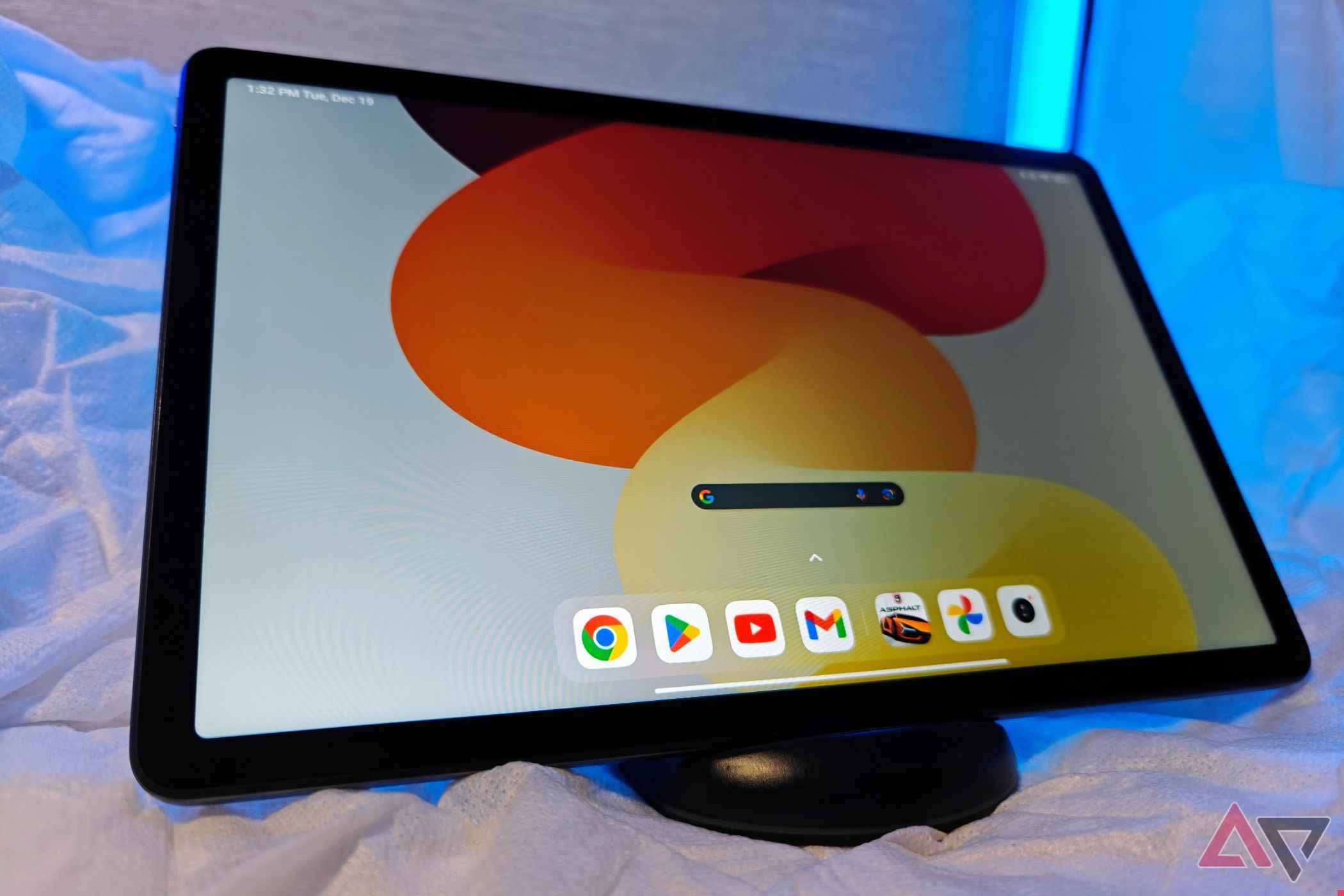There’s a belief that if you’ve used a budget Android tablet — one priced under $300 — you’ve used all of them. There’s truth behind that thought; most of the time, any Android tablet under that price point is going to have the same story. It will feature poor build quality, the internals will be outdated, performance will be slow, and after about a year, it will likely be little more than a flat paperweight. These are the reasons why I kept my expectations low when I was tasked with reviewing the new Xiaomi Redmi Pad SE.
Thankfully, my reservations were quickly absolved once I got my hands on the tablet. This is the first Xiaomi device I have used, and I have not been disappointed — and this is a budget device. From its metal body and excellent build quality to its surprisingly good performance, Xiaomi has a tablet that offers more than its price would lead you to believe.

Xiaomi Redmi Pad SE
Xiaomi has created an affordable large-format Android tablet that feels good in hand and offers impressive performance for the price. With quad speakers, a high-refresh display, expandable storage, and more, the Xiaomi Redmi Pad SE is a great Android tablet for casual use.
- Storage
- 128GB, expandable via microSD card
- Operating System
- Android 13, MIUI Pad 14
- Battery
- 8000mAh, 18W Quick Charge 3.0
- Ports
- USB-C, 3.5mm
- Display type
- IPS LCD, 90Hz, 400 nits
- Connectivity
- Wi-Fi 802.11 a/b/g/n/ac, dual-band, Bluetooth 5.0
- Colors
- Mint Green, Graphite Gray, Lavender Purple
- Display dimensions
- 11 inches
- Display resolution
- 1200 x 1920 pixels, 16:10 ratio (~207 ppi density)
- IP rating
- N/A
- Weight
- 478g
- SIM support
- No
- SoC
- Qualcomm SM6225 Snapdragon 680 4G (6 nm)
- RAM
- 4GB/6Gb/8GB
- Front Camera
- 5MP front cameraf/2.2, 1.12μm pixel size
- Rear Camera
- 8MP rear cameraf/2.0, 1.12μm pixel size
- Dimensions
- 10.06×6.58×0.29 inches (255.5×167.1×7.4 mm)
- Great build quality
- Impressive performance for the price
- 90Hz high refresh rate display
- Useful multitasking features
- Unsure about software support
- Speakers are just meh
- No fingerprint scanner
Price and availability
Easy on your wallet
The Xiaomi Redmi Pad SE was announced in August 2023 and hit the streets one month later. Xiaomi is selling the 128GB/8GB model on Amazon for $240. However, there are variants with 4GB and 6GB available from third-party sellers on Amazon. The tablet’s aluminum housing comes in three shades: Mint Green, Graphite Gray, and Lavender Purple.
Design and hardware
Better than it should be
I’ve used a fair number of low-cost Android tablets over the years and had never been happy with any aside from the OG Nexus 7. More recently, I have had the chance to use some of the best Android tablets you can buy today, including the OnePlus Pad and Samsung Galaxy Tab S8 Ultra. Each one managed to impress me in different ways, but both are attacking different price points, with Samsung at the top of the category and OnePlus aiming for the middle. So, that left the low range open, and Xiaomi has it locked down.
Right off the bat, the hand-feel of the Xiaomi Redmi Pad SE is very good. The aluminum body is rigid, with no creaking, and has a nice bevel around the frame to avoid sharp edges. It has an 11-inch FHD+ IPS LCD panel with a resolution of 1920×1200 and a 400 nits brightness rating. Surprisingly, Xiaomi opted to include a high refresh rate of up to 90Hz, which really enhances the overall experience. I just wish that Xiaomi had put a fingerprint scanner under the display or at least on the power button.
It’s hard to imagine a $240 Android tablet feeling premium, but that’s how the Xiaomi Redmi Pad SE feels.
The tablet’s dimensions are 10.06 x 6.58 x 0.29 inches, and its 478g weight gives it just enough heft to feel premium without becoming too heavy to hold the tablet for extended periods. I know that for years, many in the tech industry and consumers alike, lobbied hard to get rid of bezels around the screen on devices. While I like that all screen look as much as the next person, I’m glad to have about a ⅜ of an inch bezel around the screen as it provides a good place to hold the tablet when using it and not interfering with the display.
Internally, the Xiaomi Redmi Pad SE features a Qualcomm Snapdragon 680 processor and Qualcomm Adreno GPU that is supported by 4/6/8GB of RAM and 128GB of internal storage. The unit I’m reviewing has 8GB RAM and 128GB storage alongside expandable storage up to 1TB via a microSD card, and it’s been working just great.
The tablet sports a quad-speaker setup that supports Dolby Atmos along with preset and custom EQ settings. The audio gets plenty loud and even does a pretty good job of maintaining clarity at full volume. What I was missing from the sound was a bit more low-end. Highs and mids sound fine, but the lower frequencies are lacking. Now, I don’t hold this against the device too much as it is in the budget tablet category, but it is still worth mentioning, especially when you consider how important content consumption is for tablets this cheap.
Software, performance, and battery
Clean and snappy
While the Xiaomi Redmi Pad SE is an excellent performer, making it a candidate for the best cheap Android tablet you can get, it’s nowhere near the ranks of the top gaming tablets. That Qualcomm Snapdragon 680 chipset does just fine handling for the majority of the average person’s tablet needs. Things like browsing the web, checking emails, watching YouTube videos, and switching between apps were all accomplished smoothly on the Xiaomi Redmi Pad SE. I was even able to do some gaming on the tablet without issue. I played one of the best racing games on Android, Asphalt 9 Legends, on its high preset graphics and destroyed my competition.
The device runs Xiaomi’s own MIUI Pad 14 based on Android 13 software, which has some useful multitasking features, like running two apps side by side, and the tablet had no issues with this at all. MIUI Pad 14 was completely unfamiliar to me when I started using it, and there really wasn’t much of a learning curve to get used to it. The skin is relatively light on the tablet, and Xiaomi says it will be supporting the software with up to two years of major OS updates and three years of security patches.
Battery life on the tablet has been fantastic. The 8000mAh battery offers excellent standby time. Looking at my device now, it has 44% remaining, with over 189 hours since I last charged it. Obviously, this is a mix of standby and actual use, during which the Xiaomi Redmi Pad SE can easily get through a few days between charges, depending on what you’re doing on it. The downside is that it only supports 10W wired charging, so refilling the battery will take some time.
Cameras
Nothing special
If you got to this section and were hoping that the Xiaomi Redmi Pad SE would be as much of a standout in the photography department as it has been in the others, prepare to be disappointed. To be fair, cameras are rarely impressive on any tablet. What you do get with this device is a single 8MP rear camera with an f/2.0 aperture and no OIS or any other features. The front-facing camera isn’t anything special either, coming in at 5MP front camera and f/2.2.
Both of these lenses can do the job of taking a photo, and can even deal with a little bit of motion without getting overly blurry. But outside of excellent lighting conditions, images end up being dark and grainy. Xiaomi does employ HDR and some AI functionality to try and punch up the images, and while it helps, it doesn’t do much. Both cameras can handle shooting videos up to 1080p and 30fps, which is fine for something quick or a video call, but not much else.
Competition
A lot of options, but not much real competition
There are a lot of cheap Androids on the market. But, like most other situations, you tend to get what you pay for. For years, the budget Android tablet market had been flooded with junk devices that did more to create waste than to provide any real use for a consumer. Thankfully, in recent years, the tide has started to shift, but few offer the same experience the Xiaomi Redmi Pad SE can. One of the standards in low-cost tablets that were ready for the garbage immediately after opening the box has been Samsung. The latest device vying to topple Xiaomi is the Galaxy Tab A8.
Depending on the time of year you’re shopping, the Galaxy Tab A8 is either about the same price of $100 cheaper than the Redmi Pad SE. However, performance is going to take a hit with Samsung’s offering as it only tops out at 4GB RAM and is running a less capable Unisoc Tiger T618 processor. It also features a display that only supports a 60Hz refresh rate and uses a TFT LCD instead of the IPS panel found on Xiaomi’s tablet.
You could also consider the Amazon Fire HD 10 if you’re looking for a large-format tablet that isn’t running iPadOS. If you are OK with opting for Amazon’s flavor of Android in FireOS, then this is a solid tablet to consider. Just keep in mind that you won’t have the Google Play Store at your disposal — at least by default — but the Amazon App Store does have quite a lot of choices. The Amazon Fire HD 10, much like the Redmi Pad SE, isn’t going to win any performance awards, but it is pretty great for the price.
Should you buy it?
The Ziaomi Redmi Pad SE is definitely worth a look if you are looking for an Android tablet that is under that crucial $300 price point. It’s a bit difficult to believe that at this price, you can get a solidly built tablet with an aluminum enclosure, a high refresh display, a Qualcomm Snapdragon processor, up to 8GB RAM, and expandable storage, all alongside at least two OS updates. While that all looks good on paper — err, on-screen — it also works well in practice.
I really enjoyed my time with this device and would have no problem recommending it to anyone who wants a midsized tablet for casual use. The Xiaomi Redmi Pad SE had no issues running apps side by side, streaming movies, or playing games. Sure, there’s still space for improvement — I wish it had some kind of fingerprint scanner and that the speakers had a broader sound stage — but for $240, this tablet is a winner.

Xiaomi Redmi Pad SE
If you’re looking for an affordable Android tablet that can go up against Apple’s entry-level iPad, the Xiaomi Redmi Pad SE is a solid candidate. For under $250, it’s the right mix of performance and build quality, all while providing a solid Android experience.
Source link






